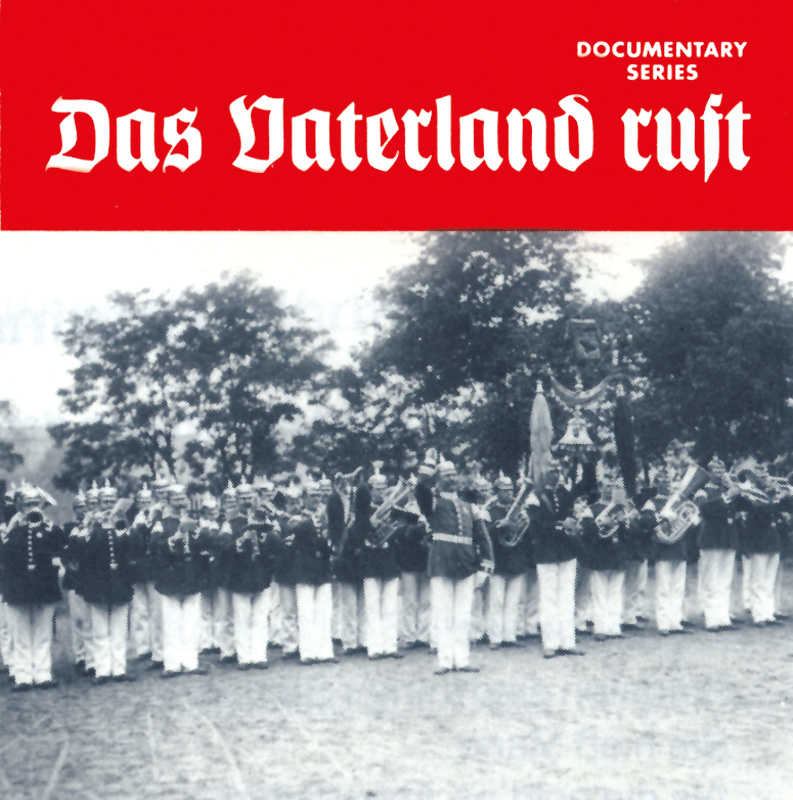

SOLDATENLIEDER VERBOTEN ARCHIVE
To commemorate the 150th anniversary of the 1848 revolution in 1998, The German Volkslied Archive in Freiburg compiled a CD of 1848 songs entitled 1848 … weil jetzt die Freiheit blüht. This chapter will examine the significance of those narratives as focused on by singers at different periods in the development of the two postwar German states. Almost 120 years after they were first composed, played, and sung, the Vormärz and 1848 songs were revived in the West German folk scene a decade later they were revived once more in the GDR. Within these two general narratives are several sub-categories of songs, for example, parodies of authority, songs of poverty and unemployment, soldiers' songs, songs demanding German unification, and songs of emigration. Two clear narratives emerge in these songs: first, that of rebellion linked to utopian idealism, and second, that of defeat and retreat. Dies war – wie beispielhaft die Gruppen Folkländer und Wacholder zeigen – eine recht kreative und spezielle Aneignung des revolutionären Erbes: der Vortrag von Liedern der Vergangenheit wurde hier zu einem Medium, in dem man sich kritisch über die Gegenwart äußern konnte.įor the folk and protest song movements of both East and West Germany, the song heritage of the Vormärz and the revolution of 1848 was a point of cultural and historical identification. Ihre Arbeiten wurden zwei Jahrzehnte später zu einem wichtigen Anknüpfungspunkt für Sänger und Gruppen des Folksong-Revivals in der DDR. In den 1950er Jahren trugen Forscher wie der Germanist Bruno Kaiser, die Musikwissenschaftlerin Inge Lammel und vor allem der Volkskundler Wolfgang Steinitz wesentlich dazu bei, diese 1848er Lieder zu sammeln und zu veröffentlichen. Lieder der 1848er Revolution gehörten auch zu dieser Tradition. As the cases of groups such as Folkländer and Wacholder showed, theirs was a particularly creative appropriation of the revolutionary ‘Erbe’ that involved performing protest songs of the past as if they were criticising the present.Nach dem zwölfjährigen Kulturbruch in Deutschland während des ‘Dritten Reichs’ versuchte man nach 1945 in der sowjetischen Zone, an demokratische Traditionen wie die Lieder der Arbeiterbewegung oder sozialkritische Volkslieder anzuknüpfen. Their work provided an important reference point for the singers of the German folk song revival in the GDR from the late 1970s onwards. In the 1950s GDR researchers such as the Germanist Bruno Kaiser, the musicologist Inge Lammel and in particular the folklorist Wolfgang Steinitz made substantial contributions to the collecting and publishing of the 1848 songs.

One of these ‘repertoires’ of song was that of the 1848 Revolution. Ein besonderer Fokus liegt hierbei auf der Rolle der durch dieses Genre kommunizierten "reflexiven" und "restaurativen" Nostalgie (Boym 2001), die, wie ich in diesem Kapitel argumentiere, einen maßgeblichen Beitrag zur Wiederbelebung demokratischer deutscher Volkslieder (Steinitz 1954-1962) durch Revival-Künstler leistete: Īfter the twelve-year rupture caused by the Nazis, in the Soviet zone after 1945 attempts were made to reconnect with the traditions of workers’ songs and critical folk songs that were viewed as the cultural heritage of the communist movement. Drawing on ethnographic field research and historical analysis, this chapter explores the reception of Irish folk music in the East German folk revival movement (1976-1990) and teases out the work of "reflective" & "restorative" nostalgia (Boym 2001) in stimulating efforts to reconnect with indigenous oppositional German-language folk-song material (Steinitz 1954-1962)ĭieses Kapitel stützt sich auf Methoden der ethnographischen Feldforschung und auf historische Analysen, um einen Einblick in die Rezeption der irischen Folkmusik im Rahmen des DDR-Folkrevivals (1976-1990) zu vermitteln.


 0 kommentar(er)
0 kommentar(er)
